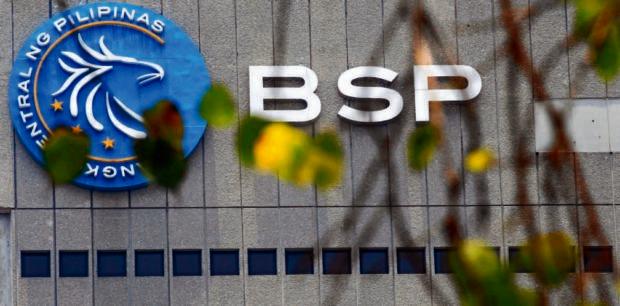External debt up in Q1, says BSP
The Philippines’ total foreign debt inched up to $128.7 billion in the first quarter amid “positive investor sentiment” that encouraged many private companies to tap the global capital market, the Bangko Sentral ng Pilipinas (BSP) reported.
Central bank data showed total external obligations of both the public and private sector went up by 2.6 percent in the first three months of the year, from the $125.4 billion recorded in the last quarter of 2023.
As a share of the economy, total offshore liabilities rose to 29 percent from 28.7 percent previously, staying at manageable levels, the BSP said. At the same time, 86.7 percent of the entire external debt pile consisted of borrowings that are payable in more than one year. Data showed the weighted average maturity for all medium to long-term debts stood at 16.8 years, with public sector borrowings having longer average tenor of 20.1 years versus 7.6 years for the private sector.
Major creditor countries were Japan ($15.2 billion), the United Kingdom ($4.6 billion), and the Netherlands ($3.9 billion). Overall, the central bank said “positive investor sentiment” pushed up foreign investments in local debt securities by $1.2 billion.
Investor sentiment
Broken down, the rise in offshore debt stock in the first quarter was mainly due to fresh borrowings largely by private banks, which raised $2.1 billion funds from foreign creditors to be used for budgetary support and to refinance old debts.
That, in turn, pushed up private sector debt by 4.7 percent quarter-on-quarter to $49.8 billion, accounting for 38.7 percent of the total pile.
The government, meanwhile, was able to borrow $331 million from foreign lenders during the period to bankroll various programs, including initiatives to enhance tax system efficiency. This brought the total public sector external debt to $78.9 billion, growing by 1.4 percent.
In terms of currency mix, the country’s debt stock remained largely denominated in US dollar at 76 percent of total, followed by the Japanese yen with 8.6 percent share.
The BSP monitors and analyzes major debt indicators for debt sustainability assessment, as well as inputs for the development of policies on offshore debt management.
Debt data collected from various sources are also used by the BSP to prepare statistical and analytical reports provided to various stakeholders, including global organizations such as the International Monetary Fund and the World Bank. INQ

